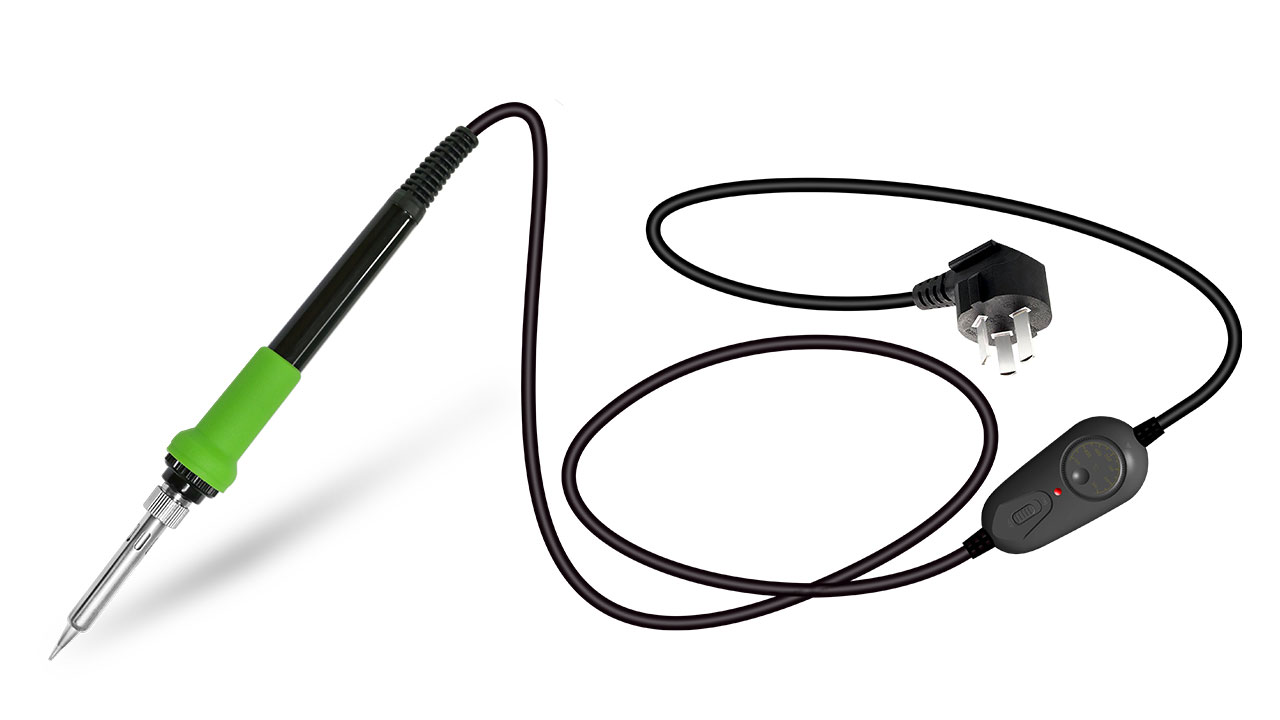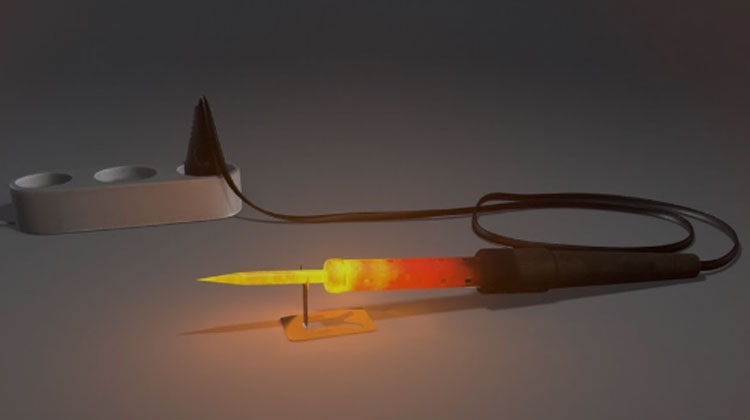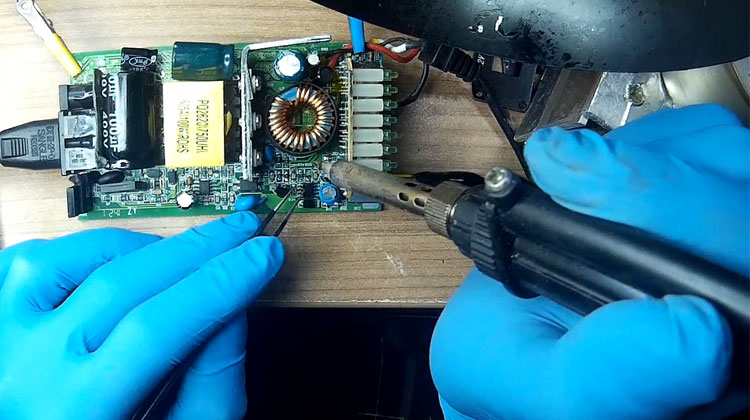Soldering irons are important tools for electronic and electrical work, used for joining two pieces of metal by melting a filler metal between them. They are used in a variety of applications, including electronics repair, circuit board assembly, and jewelry making. Like any tool, soldering irons can break or malfunction, which can affect the quality of your work or even be dangerous. In this article, we will discuss how to tell if a soldering iron is broken and what to do about it.
Before we dive into the signs of a broken soldering iron, it is important to understand the components of a soldering iron. A typical soldering iron consists of a handle, a heating element, a tip, and a power cord. The handle is where you hold the iron, the heating element heats up the tip, and the power cord supplies electricity to the heating element. The tip is where the solder is melted and applied to the materials you are joining. Knowing these parts will help you understand the signs of a broken soldering iron.

Here are some signs that your soldering iron is broken:
1. The tip is not heating up
One of the most obvious signs that your soldering iron is broken is when the tip is not heating up. If the tip is cold or not getting hot enough, it can indicate a problem with the heating element. To test if the heating element is working, try plugging the iron into a different outlet or using a different power cord. If the tip still doesn't heat up, the heating element may be damaged and need to be replaced.
2. The tip is heating up too slowly
If the tip is heating up too slowly, it can be a sign of a faulty heating element or a problem with the power cord. Check the power cord for any damage or breaks in the wiring. If the power cord looks fine, try plugging the iron into a different outlet to see if that helps. If the tip still heats up slowly, then the heating element may be damaged and needs to be replaced.
3. The tip is overheating
If the tip of your soldering iron is overheating, it can be a sign of a faulty temperature control system. Overheating can cause the tip to burn or melt, damaging the materials you are working on or even starting a fire. If your soldering iron is overheating, turn it off immediately and unplug it. Let it cool down before inspecting it for any damage. If you cannot find any visible damage, the temperature control system may be faulty, and you should have it checked by a professional.

4. The handle is cracked or damaged
If the handle of your soldering iron is cracked or damaged, it can affect your grip and make it difficult to work safely. A damaged handle can also expose you to electrical shock or burns. If you notice any damage to the handle, stop using the iron immediately and have it repaired or replaced.
5. The power cord is damaged
The power cord is a critical component of your soldering iron, as it supplies electricity to the heating element. If the power cord is damaged or frayed, it can expose you to electrical shock or even start a fire. If you notice any damage to the power cord, stop using the iron immediately and replace the cord.
6. Poor soldering performance
If you are experiencing poor soldering performance, such as incomplete or weak solder joints, it can be a sign of a damaged tip or heating element. Check the tip for any damage or wear and replace it if necessary. If the tip looks fine, then the heating element may be damaged and needs to be replaced.
In short, a broken soldering iron can affect the quality of your work and be dangerous. To tell if your soldering iron is broken, you should look for signs such as a tip that is not heating up, heating up too slowly, or overheating. You should also check the handle and power cord for any damage or wear that could affect your grip or expose you to electrical shock or fire.
If you notice any of these signs, you should take immediate action to repair or replace your soldering iron. You can replace the tip, heating element, or power cord yourself if you have the knowledge and tools to do so. However, if you are unsure or uncomfortable with repairing your soldering iron, it is best to seek professional help.
When selecting a new soldering iron, consider factors such as the type of work you will be doing, the temperature range, and the wattage. For example, if you will be working on small electronic components, a low-wattage soldering iron with a fine tip may be more appropriate than a high-wattage iron with a large tip.
It is also important to use proper safety precautions when using a soldering iron, such as wearing heat-resistant gloves, using a soldering stand to hold the iron when not in use, and working in a well-ventilated area to avoid inhaling fumes.

In conclusion, a broken soldering iron can be a frustrating and even dangerous problem for those who rely on it for their work. Knowing the signs of a broken soldering iron can help you identify the problem early and take the necessary steps to repair or replace it. Remember to always practice safety precautions when using a soldering iron to prevent accidents and injuries.
Contact: Mr. Li
Phone: (0086) 138 24254 321
E-mail: atetool@atetool.com.cn
Add: 5F, 1-2# Building, Tongfuyu Industrial Zone, Aiqun Rd, Shiyan Subdistrict, Bao'an, Shenzhen, 518108, China